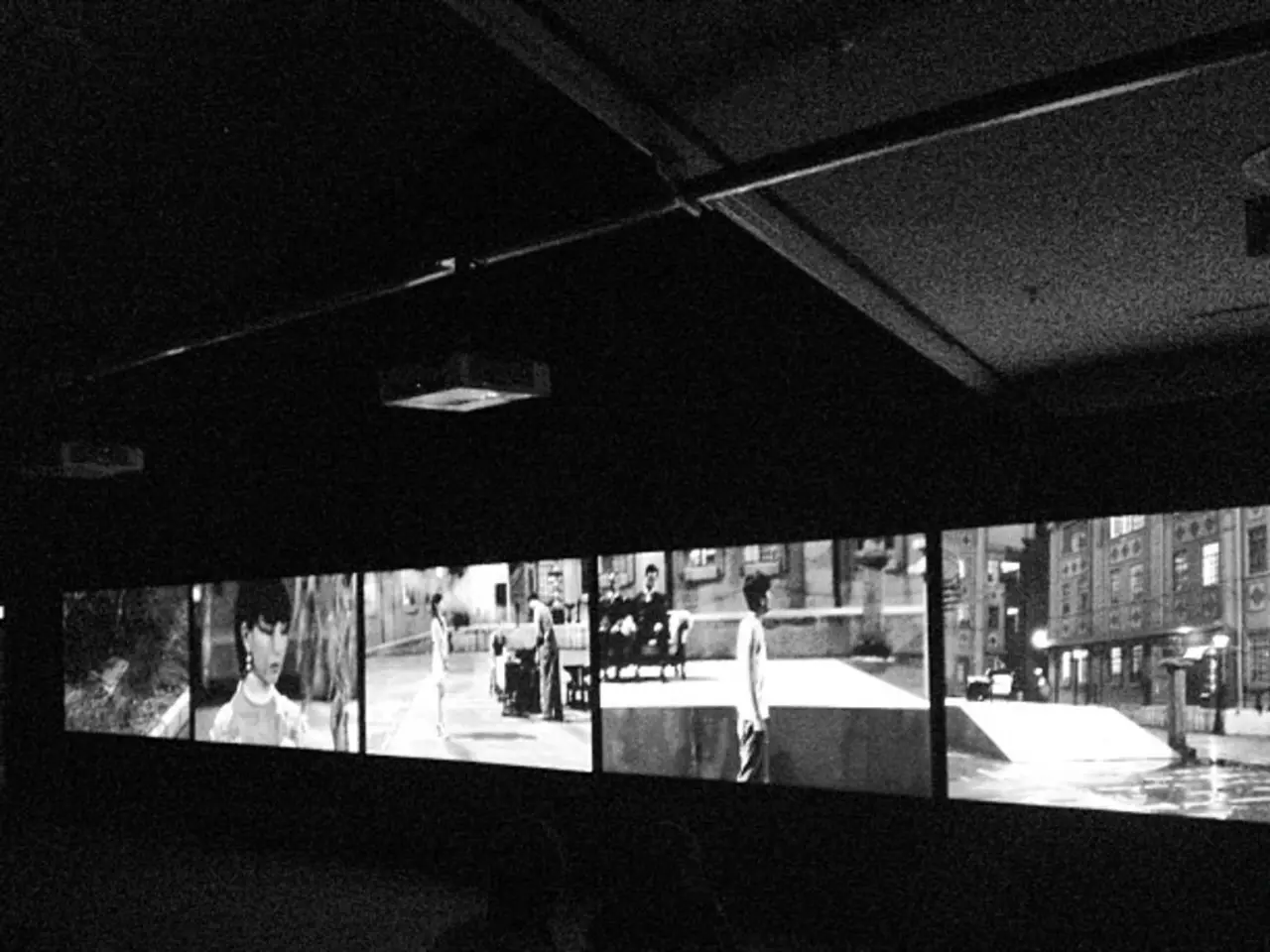Exploring High- Detail Imagery: An In-Depth Analysis of 4K Megapixel Photography
In the world of technology, the pursuit of better viewing experiences continues unabated. One significant stride in this journey is the transition from 1080p (Full HD) to 4K UHD, a leap that brings about a noticeable improvement in image quality, particularly on larger screens.
The term "4K" refers to a horizontal resolution of approximately 4,000 pixels, and a 4K UHD image or video typically has approximately 8.29 megapixels. This is a significant increase from 1080p's 2.07 megapixels. Modern displays, such as UHD 4K, boast a resolution of 3840 x 2160 pixels, making them a common standard in today's market.
While UHD 4K has an aspect ratio of 16:9, DCI 4K, often used in professional-grade videography, has a slightly wider aspect ratio with a resolution of 4096 × 2160 pixels. This results in DCI 4K having approximately 8.85 megapixels, still a substantial improvement over 1080p.
The higher megapixel counts in 4K UHD allow for capturing more detail in photographs and videos, and printing larger images without significant loss of quality. This is a boon for photographers, who can now capture images with incredible detail, and have greater flexibility for cropping and editing images without sacrificing quality.
4K has also become the standard for professional-grade videography, offering greater flexibility for editing, colour grading, and visual effects. For gamers, 4K resolution offers a significantly more immersive and visually stunning experience, but requires powerful hardware to maintain smooth frame rates.
As technology advances, the quest for higher resolution continues. 8K UHD, with its megapixel count of 33.18 megapixels, is already on the horizon. With the cost of higher resolution displays decreasing, we can expect to see even more widespread adoption of 8K and potentially even higher resolutions in the future.
However, it's important to note that while resolution and megapixel count are important factors to consider when choosing a display, other factors such as screen size, panel technology, colour accuracy, and refresh rate also play a significant role in the overall viewing experience. For gaming, refresh rate and response time are crucial factors to consider, as they impact motion and reduce motion blur.
In conclusion, the evolution of display resolution from 1080p to 4K and beyond signifies a remarkable improvement in image quality, offering a more immersive and visually stunning experience across various fields, from photography and videography to gaming. As technology advances, we can look forward to even more refined viewing experiences in the future.
Read also:
- Peptide YY (PYY): Exploring its Role in Appetite Suppression, Intestinal Health, and Cognitive Links
- Toddler Health: Rotavirus Signs, Origins, and Potential Complications
- Digestive issues and heart discomfort: Root causes and associated health conditions
- House Infernos: Deadly Hazards Surpassing the Flames








